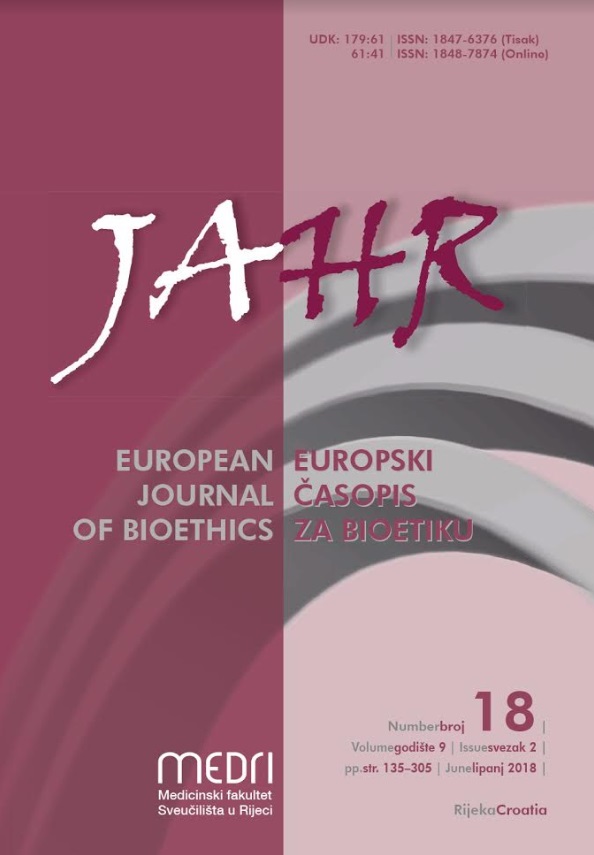A Practical Comparison between Islamic and Christian End-of-Life Moral Guidelines towards Harmonization of End-of-Life Care
Keywords:
end-of-life, Islamic cultures, Christian cultures, passive euthanasia, palliative careAbstract
https://doi.org/10.21860/j.9.2.3
This paper aims to identify common ground on end-of-life issues between the Islamic and Christian cultures. Since these two cultures are more and more coming to live in the same countries, it is important to acknowledge common ground since the laws of countries apply to all. The paper will deal with several issues, including the stopping of futile treatment, the administration of ordinary and extraordinary care, defining the difference between death and allowing one to die, and accepting death as sometimes being an inevitable and acceptable outcome. The paper will also discuss palliative care including pain relief and sedation. From here one delves into the case of Persistent Vegetative States and the morality of over-enthusiastic treatment which pushes people into this state.
It will also focus on the differences, such as passive euthanasia and analyze whether this is merely a difference in the interpretation of terms. There is also a phenomenon in some countries on querying the removal futile treatment and on lacking a legal framework in general on end-of-life. At least one study shows concern on religious moral grounds. The conclusion attempts to identify the common grounds on the end-of-life and whether morality and laws in this regard are guided by religious positions. It is important that laws respect the moral normative values of populations, especially with pressure coming from more liberal positions. Even if practices such as euthanasia (the discussion of which is not the scope of this paper) are introduced in countries, it is important that health care (and legislation) recognizes the common moral ground, the lack of which may lead to more suffering.
Downloads
Published
Issue
Section
License
Authors who publish with this journal agree to the following terms:
- Authors retain copyright and grant the journal right of first publication with the work simultaneously licensed under a Creative Commons Attribution License that allows others to share the work with an acknowledgement of the work's authorship and initial publication in this journal.
- Authors are able to enter into separate, additional contractual arrangements for the non-exclusive distribution of the journal's published version of the work (e.g., post it to an institutional repository or publish it in a book), with an acknowledgement of its initial publication in this journal.
- Authors are permitted and encouraged to post their work online (e.g., in institutional repositories or on their website) prior to and during the submission process, as it can lead to productive exchanges, as well as earlier and greater citation of published work (See The Effect of Open Access).



